Original price was: £27.50.£26.00Current price is: £26.00. (Ex VAT)
Oil Absorbent Split Rolls
- Manufactured from meltblown polypropylene
- Ultrasonically bonded to reduce linting
- Laminated spunbond layer on both sides for enhanced tensile strength and abrasion resistance
- Perforated twice across its length and across its width every 33cm
- Pack contains 33cm x 15m
- Absorb up to 38 litres
Out of stock
Description
Oil Absorbent Split Rolls
Manufactured from a base of highly absorbent meltblown polypropylene. The meltblown fibres are then ultrasonically bonded and laminated with a spunbond layer on both sides to provide durability, enhanced tensile strength and abrasion resistance.
Fire resistance
Good. (Physically flame-retardant). Incinerable to zero ash.
Tested in accordance with:-
EN ISO 10319 (Geosynthetics, wide-width tensile test)
Abstract: The document specifies an index test method for the determination of the tensile properties of geosynthetics (polymeric, glass and metallic), using a wide-width strip. This document is applicable to most geosynthetics, including woven geotextiles, nonwoven geotextiles, geocomposites, knitted geotextiles, geonets, geomats and metallic products. It is also applicable to geogrids and similar open-structure geotextiles, but specimen dimensions will possibly need to be altered. It is not applicable to polymeric or bituminous geosynthetic barriers, but it is applicable to clay geosynthetic barriers.
This document specifies a tensile test method that covers the measurement of tensile force, elongation characteristics and includes procedures for the calculation of secant stiffness, maximum load per unit width and strain at maximum force. Singular points on the tensile force-extension curve are also indicated.
Procedures for measuring the tensile properties of both conditioned and wet specimens are included in this document.
BS 7959-1:2004 (Sorbency)
Sorbent materials are generally available in two basic types. There are hydrophobic grades (so-called oil sorbents) that pick up oils and other organic liquids but repel water and most aqueous solutions. Hydrophilic grades, on the other hand, pick up both oils and organic liquid and most aqueous solutions of chemicals.
The absorbency (litres of liquid absorbed per kg) is greatly influenced by the liquid viscosity and drainage time. We quote minimum absorbencies based on laboratory tests carried out using SAE10W40 in line with the British Standard Test Method BS7959-1:2004 (30 second drainage time, at 20C) and maximum absorbencies with no drainage.
Disposal
Used sorbents may be disposed of by landfill or incineration, in accordance with local and national regulations, taking into account the classification of the liquid absorbed.
Classification of waste
We would always recommend that you check the latest details on the Government’s website to ensure you control and handle waste correctly.

Training
If you are unsure of how to use absorbents, we have high quality 17 minute Spill Response and Pollution Prevention Training Video available from Spills Kits Direct SKU: 504/04001
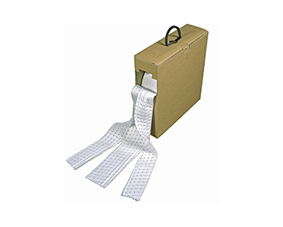
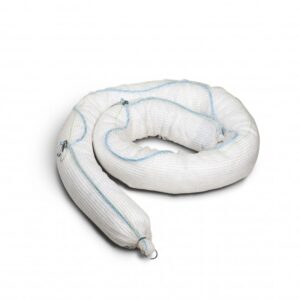
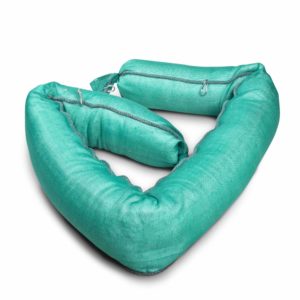
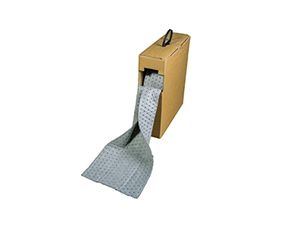
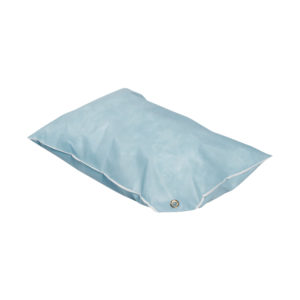
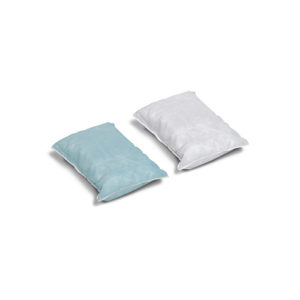
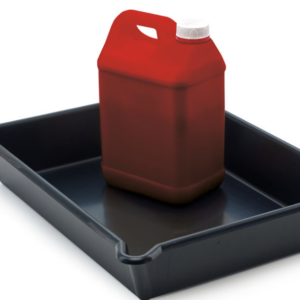 16L Spill Tray with pouring spout
16L Spill Tray with pouring spout